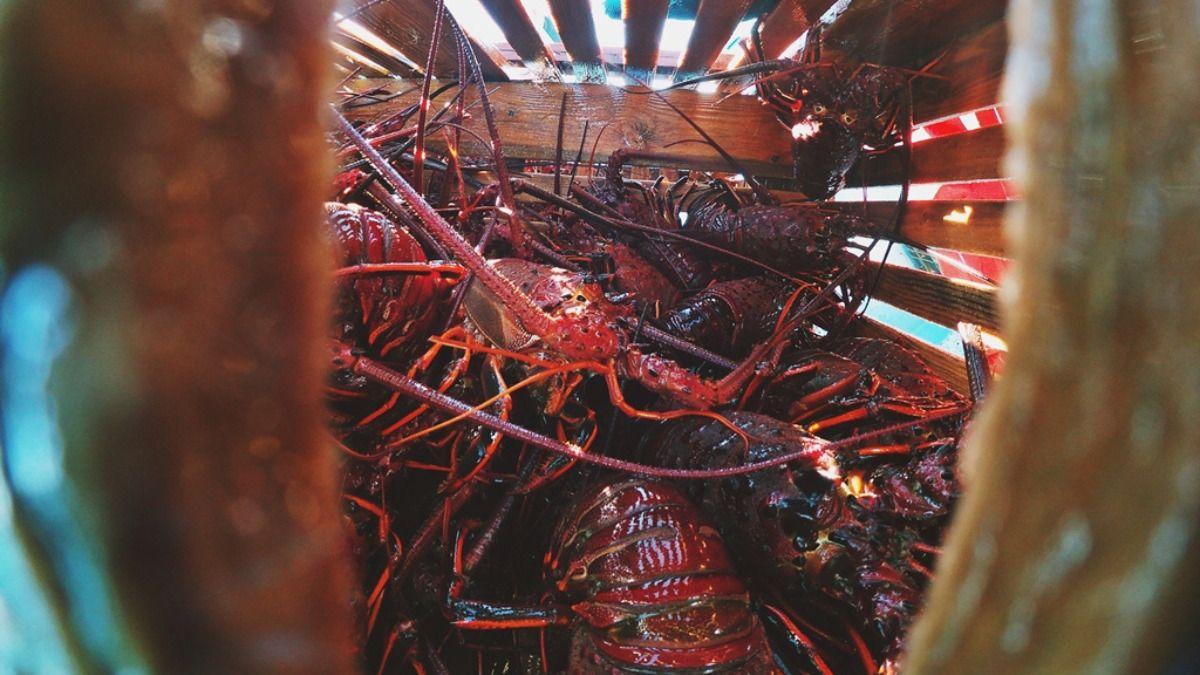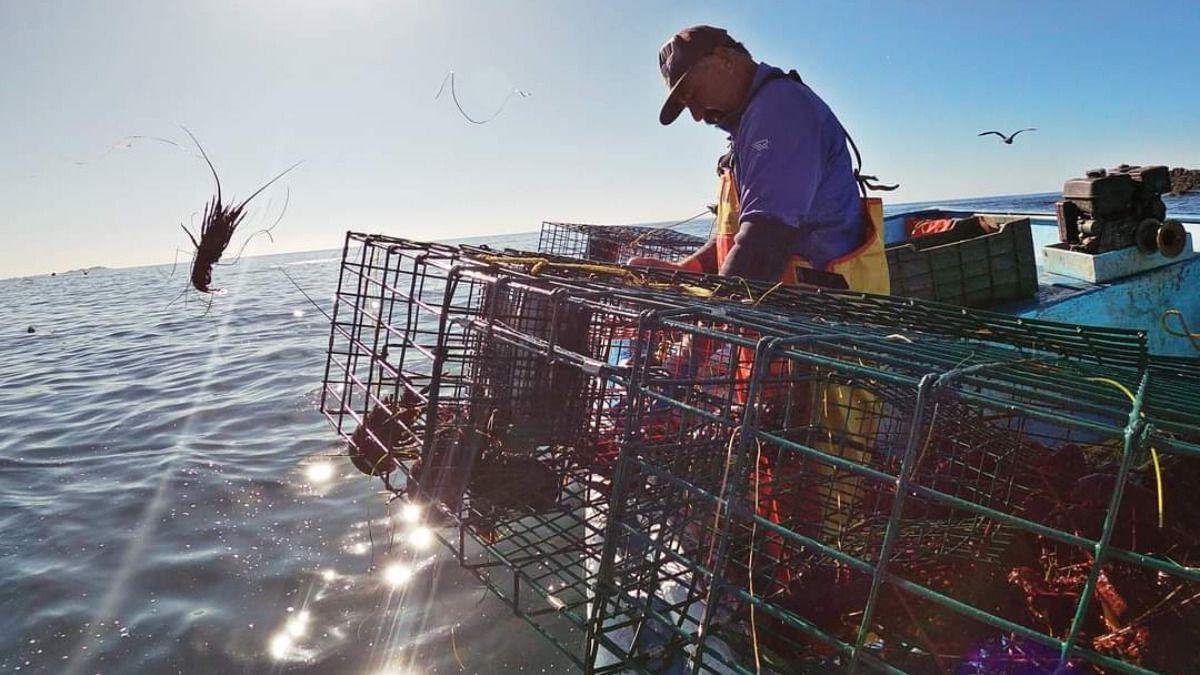In less than two days, red lobsters caught off the coast of San Ignacio should arrive alive and fresh at markets in Shanghai or Xiamen. The San Ignacio California Cooperative process is an example of the technical complexity involved in keeping a product alive for thousands of kilometers and complying with international sustainability standards and good practices.
Claudia Miranda Saucedo, in charge of the abalone cultivation laboratory and technical support in the concession fisheries of this cooperative in Baja California Sur, explains that about 95% of its production corresponds to red lobster, whose fishery is certified by the Marine Stewardship Council (MSC), which establishes international standards for sustainable fishing.
“The resource is healthy because it is a certified fishery and is backed by the MSC, but behind that there are many studies. We do biological sampling every month for the population stock, the data are analyzed and we work above the reproduction average of the entire population,” he says.
The export of live lobster is a painstaking process. “We are talking about a living resource and yes it is complicated. It must be kept strong and alive during the hours of transportation. From Asunción to Ensenada, they sometimes arrive weak and have to be recovered. From there to California, and then all the flight hours to China. Although the technique is already mastered, climate change and the physico-chemical conditions of water represent a challenge,” he says.
The itinerary is precise: the lobsters are kept in wooden sticks for one day, the next they are brought to the plant to apply a thermal shock that reduces their metabolism and oxygen consumption. “They are placed in trays, 20 each, inside trailers to Ensenada. There they recover for up to five days, their temperature is lowered again and moved to Los Angeles. Hence the flight to China. It shouldn't take more than 48 hours after leaving Ensenada,” he explains.

Founded in 1939 and with roots in the former San Ignacio Lobster Production Cooperative Society, the organization operates in Bahía Asunción, municipality of Mulegé. It is currently made up of 92 members and 57 permanent workers, who represent about 39 percent of the local population. From their processing plant, they offer canned abalone, live and frozen lobster, snail callus, flake fillet and other marine products of high commercial value.
Its fishing concession valid until 2032 covers species such as blue and yellow abalone; red and blue lobster; panocha snail, red sargassum, crab, octopus and scale (white, green horse mackerel). With 20 boats dedicated to abalone and 25 for snails and sea cucumbers, the cooperative maintains internal fences and biological monitoring to ensure the recovery of populations.
MSC Certificate
Obtaining an MSC certification, Saucedo says, means demonstrating with data and sustained practices that fishing is sustainable. “It's one of the most prestigious certifications in the world. In the cooperatives that have it, we are talking about 35 years of data on sizes, weights, catches, temperatures. The legal minimum size, reproductive periods and prohibitions have been respected. It's the success of the fishery.”
But achieving and maintaining that recognition comes at a high cost. “These certifications are expensive, perhaps because the lobster fishery can afford it, because it's quite profitable. But we can't afford to have another certified fishery because it doesn't pay for it,” he says.
The cost of certification exceeds 300,000 pesos per cooperative every two years, an amount that only the value of live lobster can absorb.
Saucedo adds that although market pressure drives certification, not all fisheries can sustain it. “We wanted to certify Verdillo with Fair Trade and it's very expensive. The very income of that product does not pay you a certification of any because they are very expensive. But the market is changing towards this, increasingly aware of buying products that are certified.”
Although the domestic market has begun to show signs of growth, the California Cooperative of San Ignacio continues to direct its production abroad, where it obtains more competitive prices.
Saucedo explains that international sales represent a necessary way out, since the volumes they handle — on average 1,200 tons per season — are difficult to place in Mexico and the local market does not meet the payment levels offered by Asia.
In China, live lobster has a cultural value that drives demand, especially during celebrations such as weddings, where the consumption of this product is associated with prosperity. However, says Saucedo, social fluctuations and international competition also affect sales: over the past year, the low number of weddings and the influx of larger, lower-priced Australian lobster—considerably reduced export earnings.
In the case of Mexico, Saucedo believes that there is still a lack of commercial infrastructure and consumption habits to develop a solid domestic market for live lobster. Although there are more and more spaces interested in offering this type of product, there is still no gastronomic tradition that drives demand in countries like China.
For Saucedo, fisheries sustainability is possible if management plans are met and illegal fishing is combated. The difficult thing, he says, is that all cooperatives can afford certifications.
“Yes, you can make a fishery sustainable, but I find it very difficult to certify. If they require certifications or if I need to have them to sell my product well, what about the cost? There isn't that part of the government that helps. This point has been completely abandoned,” he concludes.



Comentarios (0)